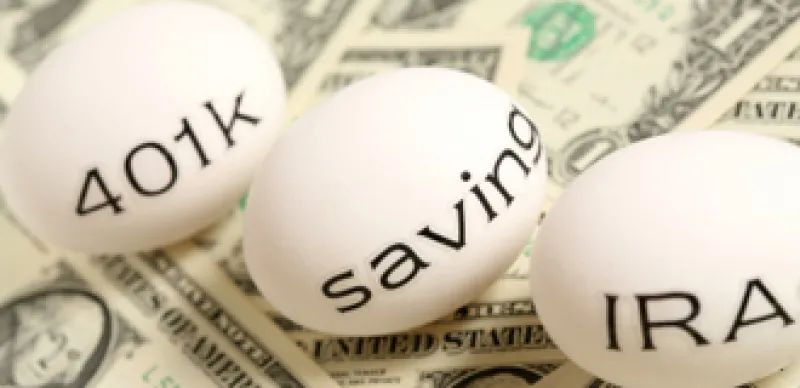Inflation worries have spread to some retirement plan sponsors.
Among the 30 percent of employers with a defined contribution plan that intend to add investments to their lineup in 2011, TIPS (Treasury Inflation-Protected Securities) funds and real-return funds came in first in a survey by consultant Callan Associates. At year-end 2010, 16 percent of DC plans offered one or both of these investment options. “We have been having conversations with plan sponsors who are concerned about the prospects for inflation, and whether people at retirement with heavy fixed-income allocations have adequate ways to diversify,” says Lori Lucas, Callan’s defined contribution practice leader. Real estate funds placed second for new fund additions, with sponsors interested primarily in REITs, and she also attributes that largely to inflation-protection issues.
Emerging-markets equity ranked third for 2011 investment additions in the Callan survey. That speaks to a combination of pretty good performance in 2010 and the search for ways that participants can diversify into different types of international equity, Lucas says. Just 7 percent of DC plans included an emerging-market equity fund at year-end 2010. “They are so high-octane that people tend to try to market-time them, so they have not been added a lot in the past,” she says about these funds’ volatility. So investment education will be key to successfully incorporating that option.
Meanwhile, enthusiasm for defined contribution plans offering investments with lifetime-income elements remains muted. Just 3 percent of employers very likely will add annuity or insurance products within their plan in 2011, with 13 percent calling it somewhat likely, according to a survey by consultant Aon Hewitt. “It is a big fiduciary undertaking,” says Pamela Hess, director of retirement research. “Finding the right product feels daunting. You are partnering with this company for the next 100 years, potentially.” Callan pegs the number likely to add in-plan options even lower, at less than 2 percent.
Also, fewer than 2 percent of employers surveyed by Callan describe themselves as very likely to start in 2011 facilitating participants’ out-of-plan access to these investments via annuity-placement services. “That really boils down a lack of participant utilization,” Lucas says. “We have a lot of experience over the years when plan sponsors add them and nobody uses them.”
Only 3 percent of DC sponsors told Aon Hewitt that they very likely will begin in-plan offering of managed payout funds in 2011, while 8 percent say they very likely will add managed accounts with a drawdown feature this year. And fewer than 4 percent of employers probably will introduce drawdown-modeling tools for participants in 2011, Callan found. “There is a lot of new development on managed-income solutions,” Lucas says. “That might be the next wave: Offering products that do not guarantee income in retirement, but help people manage their income in retirement.”
And employers have their minds on more than diversifying investment choices: 53 percent told Aon Hewitt that the desire to reduce fund fees is somewhat or very likely to lead them to alter DC investment options this year. Thirty percent of sponsors characterize themselves as very or somewhat likely to shift some or all funds from active to passive management in 2011. Beyond that, Hess says, a lot of mid-sized to large clients aim to lower participant fees by moving from mutual funds to collective trusts and separate accounts. About half of all DC assets - $2 Trillion - are in these vehicles, with the other half in mutual funds, according to the Investment Company Institute. Participants can now get information more easily online about those investments, she says, so their comfort level has increased. And, as she says, “a savings of 20 or 30 basis points per year is not as exciting when the markets are up 20 or 30 percent a year, but it is pretty exciting when your annualized returns are in the 2 percent to 3 percent range.”






